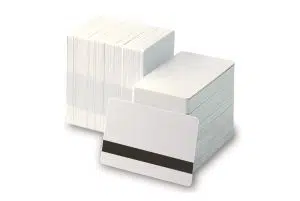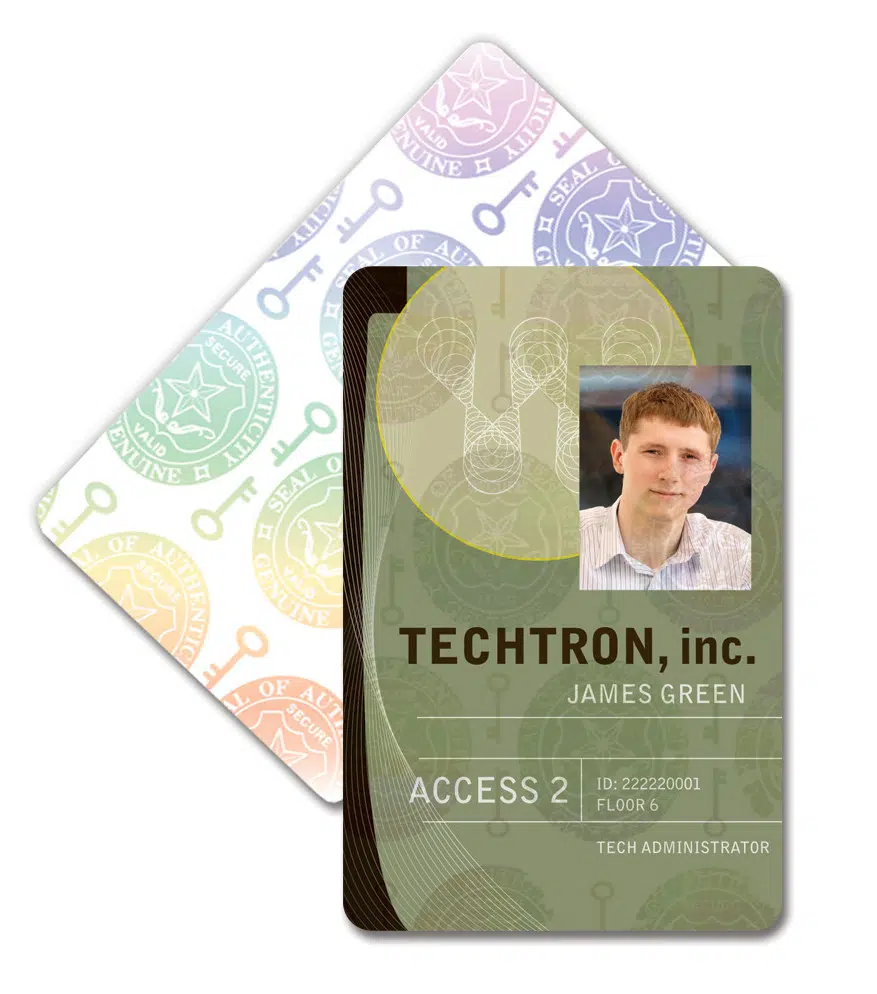
How Does Magnetic Strip Encoding Work?
If you are unfamiliar, a magnetic strip encoder is a device that writes data onto the magnetic strip on the back of your ID card. This process allows for your card to serve a bigger purpose than simply providing visual identification. Due to their ability to hold information, they can be used for the following functions:
- Time records / Attendance
- School or employee lunch programs
- Access Control
- Ticketing / Passes
- Security & information sensitivity
The strip itself is comprised of magnetic particles of resin. The amount of resin that is present determines the strip’s coercivity. There are two varieties: high coercivity (HiCo) and low coercivity (LoCo). The higher the coercivity, the more difficult it is to encode and erase the data that is contained within the strip.
HiCo – HiCo strips use a higher level of coercive force for encoding. The strip is typically black in color and can store information more securely than LoCo.
LoCo – LoCo strips use a lower level of coercive force for encoding and are typically brown in color. Since this is less secure that HiCo, these are typically used for applications such as hotel room access or public transit tickets.
Fullidentity can encode your cards for you but if you’re looking to do your encoding in-house, give us a call! We would be delighted to assist you in finding the perfect magnetic strip encoder for your organization’s needs! Call (866) 610-4308







